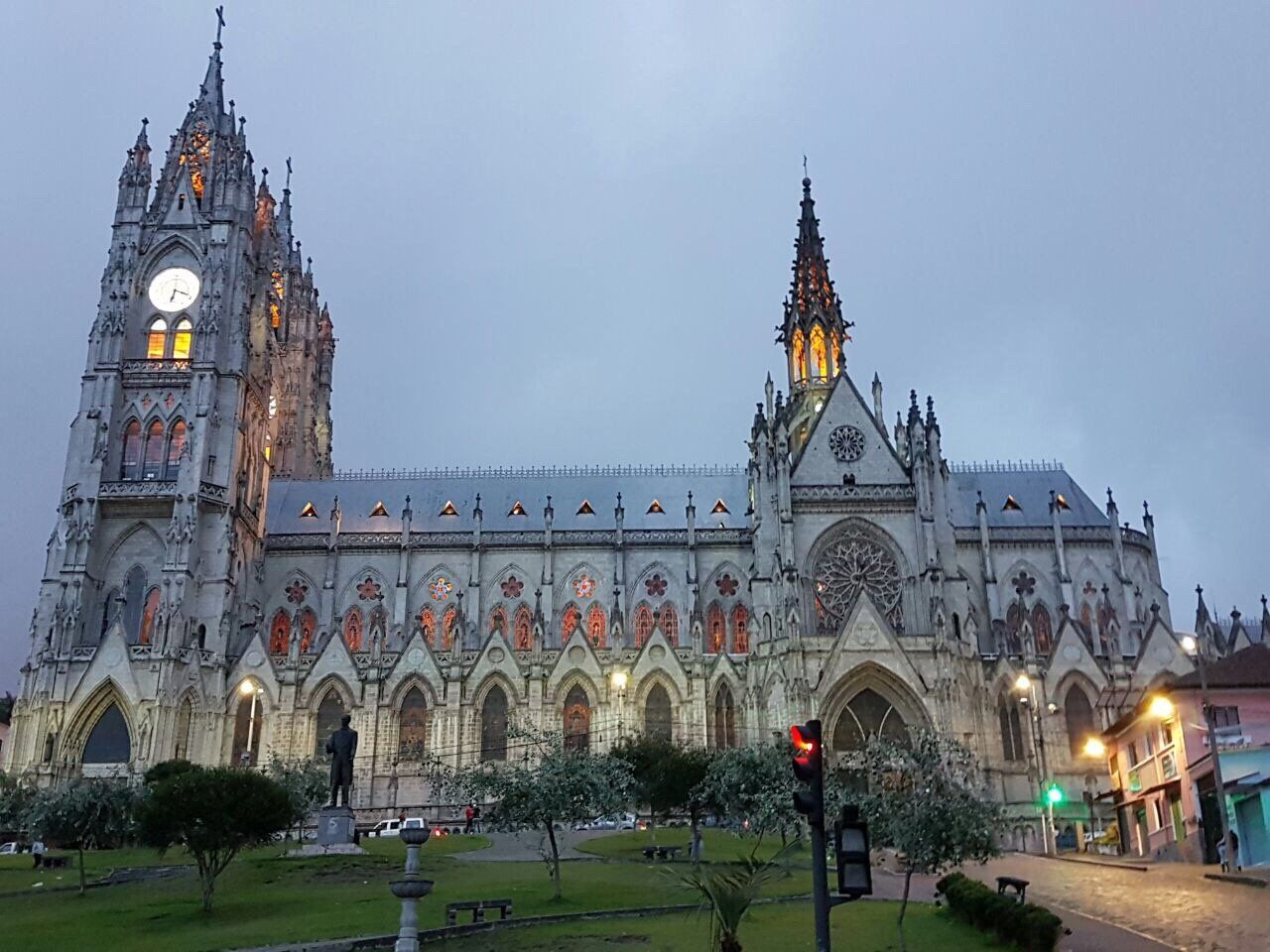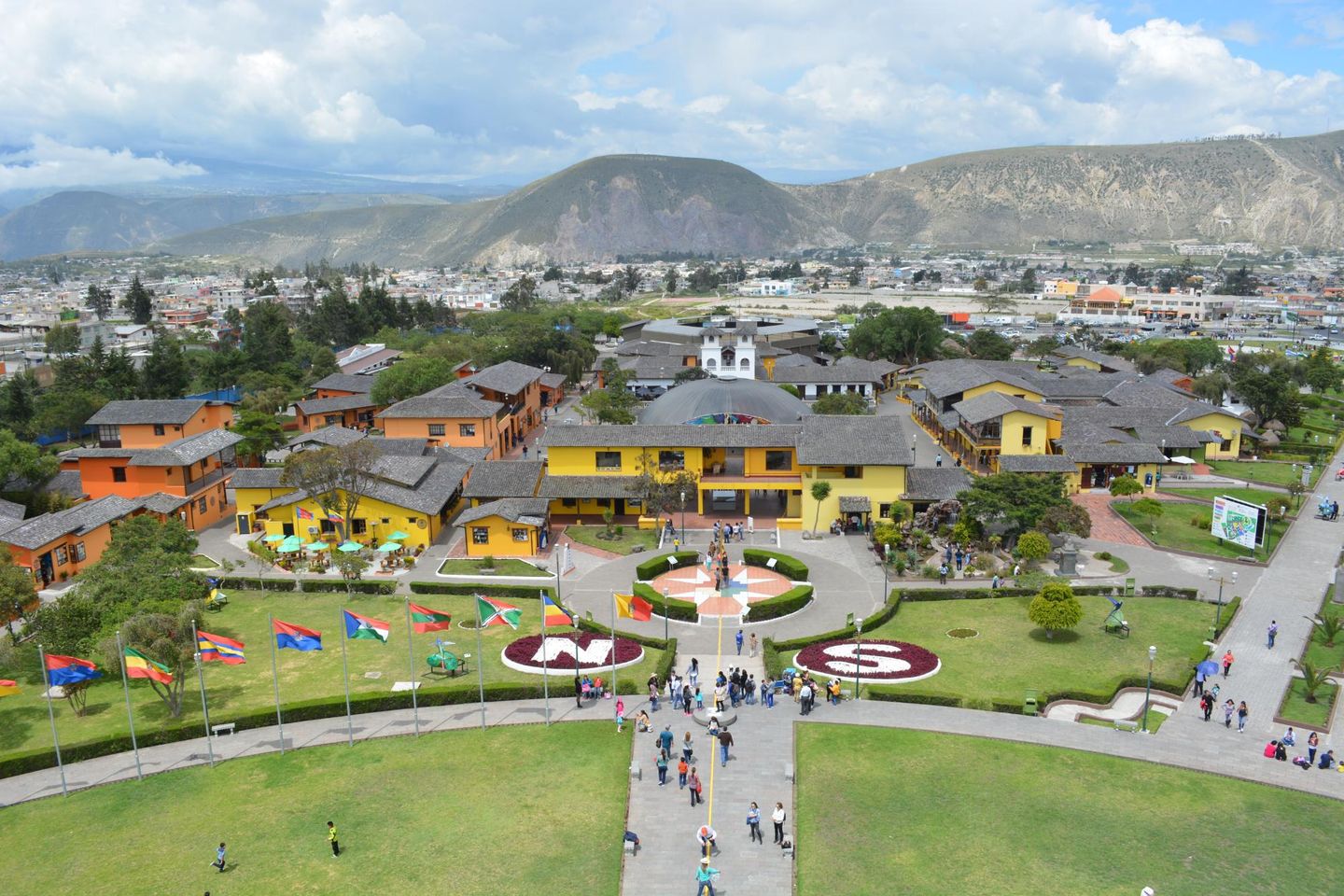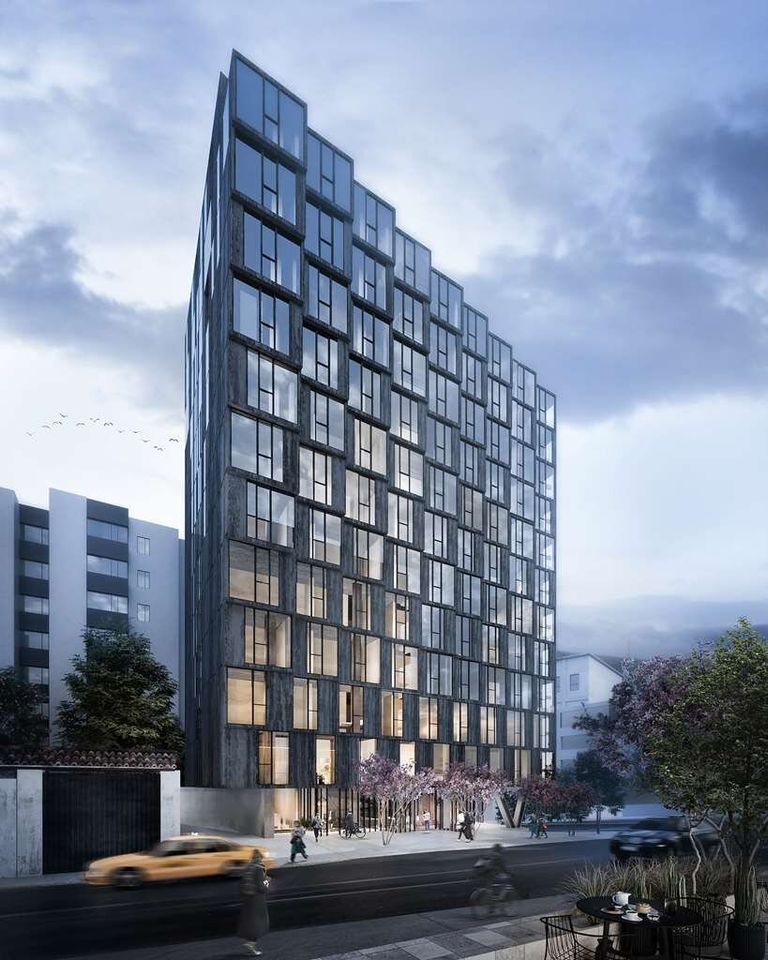Climb the Tower of the Basilica del Voto Nacional for a Birds Eye View of Quito

Quito, the capital of Ecuador, boasts a rich legacy of Spanish colonial architecture and cultural heritage. Nestled in the heart of the city is the truly magnificent Basilica del Voto Nacional, one of the most breathtaking landmarks in South America. The imposing structure is a shining example of neo-Gothic architecture and is the largest church in Ecuador. However, more than just a place of worship, the Basilica del Voto Nacional is a symbol of national pride and identity.
From its towering spires to the intricately carved façade, there is no mistaking the grandeur and splendor of this iconic edifice. Inside, visitors can marvel at the stunning stained glass windows and ornate decorations that imbue the cathedral with a sense of awe-inspiring beauty. Undoubtedly, the Basilica del Voto Nacional is more than just a place of religious importance; it is a cultural treasure and a testament to Ecuador’s rich history and architectural heritage.
While the Basilica del Voto Nacional may be a magnet for tourists, its significance extends beyond the realm of mere sightseeing. In many ways, it serves as a metaphor for Ecuadorian identity, representing the country’s long and complex history, as well as its enduring spirit and resilience. With every visit, we are reminded of the enduring power of human creativity and the capacity of architecture to tell our stories and evoke a sense of communal belonging. Click here to access the complete city guide for Quito.
Architecture and design
As we step into the Basilica del Voto Nacional in Quito, we are immediately struck by the grandeur of its architectural design. The intricate details and Gothic-inspired elements of the church are nothing short of breathtaking. The fact that it took nearly a century to complete this masterpiece is a testament to the level of craftsmanship and dedication that went into its construction.
However, it is not just the physical structure of the basilica that impresses us. The interior design, with its stained-glass windows and ornate carvings, creates an atmosphere of awe and reverence. As we walk through the halls and gaze up at the towering ceilings, we can’t help but feel a sense of spiritual renewal.
What makes the Basilica del Voto Nacional truly remarkable is the way it seamlessly blends classic European architecture with indigenous Ecuadorian culture. From the carvings of native animals on the exterior to the vibrant murals inside, the basilica embodies the unique and rich heritage of Ecuador. It is a true masterpiece of design and a must-see for anyone visiting Quito.
History and significance
When it comes to visiting the Basilica del Voto Nacional in Quito, it’s essential to understand the historical significance that lies within the cathedral’s walls. This stunning architectural marvel serves as a testament to the unwavering faith of the people of Ecuador. Its construction began in 1884 and ended over a century later in 1988. The cathedral stands tall as a symbol of Ecuador’s resilience and devotion to their religious beliefs.
Moreover, the Basilica del Voto Nacional is not just a place of worship but also an art lover’s paradise. The cathedral’s interior features exquisite stained glass windows, and every nook and cranny is adorned with intricate designs and sculptures that transport you to another time. The beauty of the cathedral is not limited to its interior, but also to its surroundings. The panoramic views of the city from its towers are breathtaking, making it a must-visit destination for anyone traveling to Ecuador.
In conclusion, visiting the Basilica del Voto Nacional in Quito is an experience like no other. It’s not just a religious site but also serves as a testament to the country’s rich history and culture. We highly recommend visiting this iconic structure and witnessing the beauty and magnificence that lies within its walls.
Religious art and symbolism
As we approach the Basilica del Voto Nacional, we can’t help but notice the intricate details of the facade, where several religious icons and symbols are portrayed. For some, this can be a mere artistic expression, but for us, it represents a deeper meaning rooted in the history of Catholicism in Ecuador. Every intricate detail of the religious art in this Basilica was created to inspire and evoke spiritual contemplation in all who witness it.
When we step inside, we are welcomed by the grandeur of Gothic architecture and impressive artwork adorning every corner, from the nave to the choir loft. As we walk through the sanctuary, we are struck by the religious art and symbolism on every wall. The ornate details, like the Virgin Mary with open arms, the Holy Spirit in the form of a dove, and angels hovering above, remind us of our faith, bring us peace, and inspire us to pray.
The Basilica del Voto Nacional stands not only as a symbol of faith, but also as a testament to the skill and artistry of the Ecuadorian people. As we explore the many chapels, we can’t help but appreciate the spiritual and cultural significance that religious art represents. In conclusion, visiting this remarkable Basilica invites us to connect with our faith and provides an opportunity for an enriching cultural experience that we will never forget.
Conclusion
In conclusion, the Basilica del Voto Nacional is not only a symbol of faith and devotion for Ecuadorians but also a remarkable example of Gothic Revival architecture. Its towering spires, intricate carvings, and stunning stained glass windows stand as a testament to the craftsmanship of Ecuadorian artisans and the enduring legacy of the Catholic Church.
However, we cannot ignore the controversial aspect of the basilica’s construction and the stark contrast between its opulent decorations and the poverty that plagues much of Ecuador. While it may be easy to get lost in the beauty of the basilica, we should also continue to question the morality of such extravagance when there are pressing social issues in our country.
Overall, the Basilica del Voto Nacional is a complex and fascinating landmark that invites us to contemplate the intersection of religion, culture, and social justice. By acknowledging both its virtues and its flaws, we can gain a deeper understanding of the multifaceted nature of Ecuadorian society and our own values as individuals.





